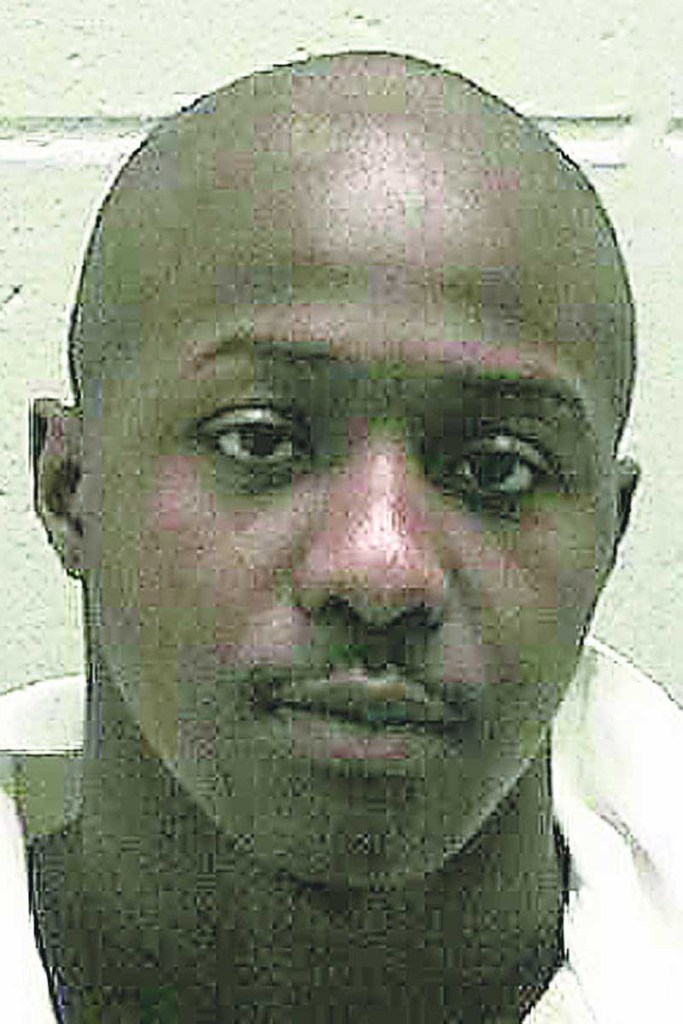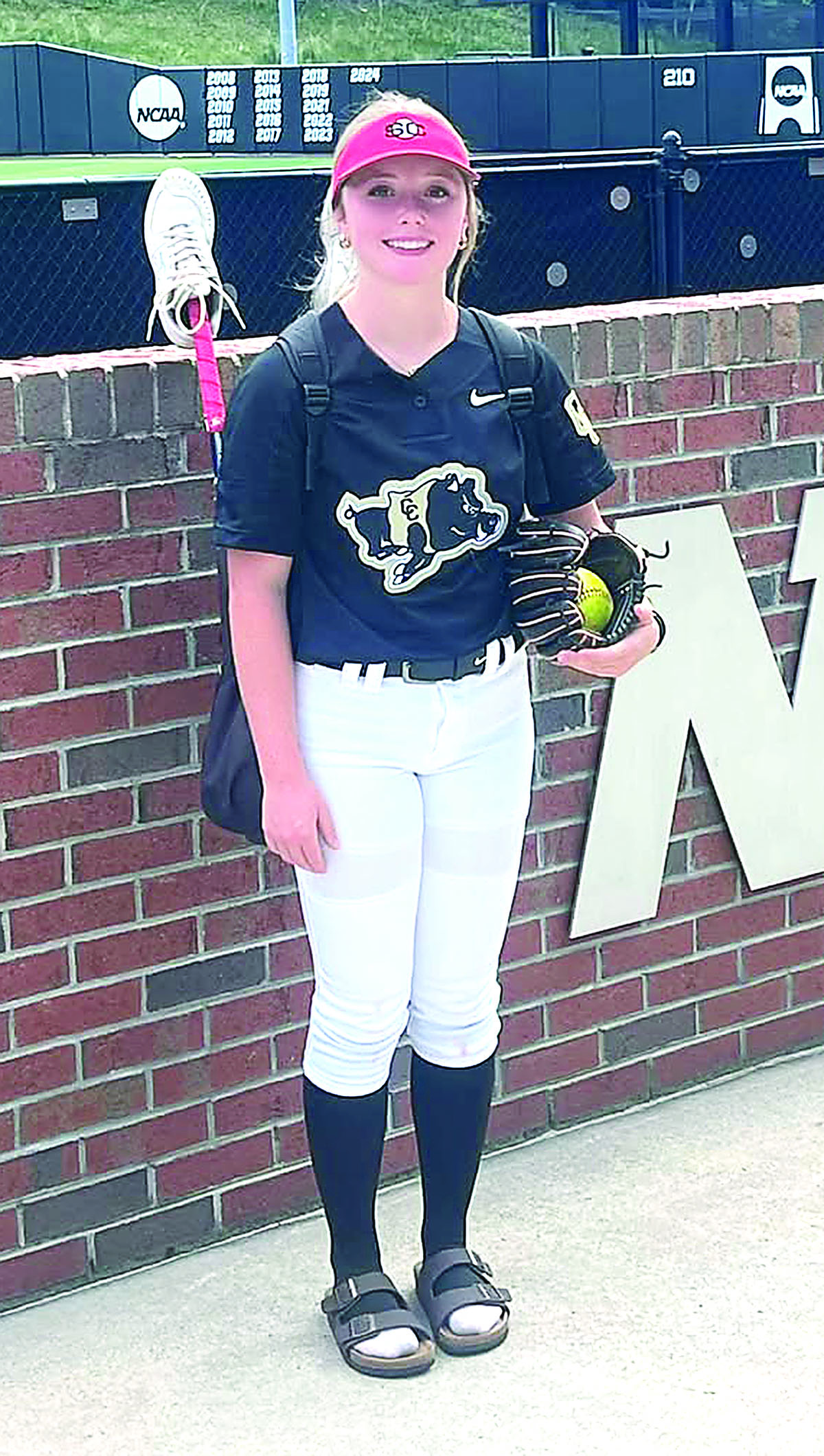Murder trial: Witness reliability is questioned
Published 1:00 pm Thursday, December 7, 2017

- Kalvin Suggs
MOULTRIE, Ga. — The reliability of witnesses’ testimony will be an issue for jurors who are expected to begin deliberating Thursday in a 2015 murder case.
A major reason that delayed bringing Kalvin Tyrone Suggs to trial earlier is that key witnesses could not be found. On Wednesday it was revealed that two of the witnesses were jailed and had to post bond and wear ankle monitors to ensure they would show up to testify.
Suggs, 29, is charged with malice murder and felony murder in the shooting death of Tony Harrison March 1, 2015, outside a Jackpot nightclub in the Sunset Plaza Shopping Center. He also faces weapons and assault charges in the eight-count indictment.
During the first day of the trial on Tuesday, one of the witnesses contradicted her identification of Suggs as a shooter, which she had made two days after the slaying and again on the stand.
On Tuesday Kaysha Trim initially testified that she saw both Harrison and Suggs firing weapons in the early morning hours when gunfire broke out.
Immediately afterward, under cross examination from Public Defender Jon McClure, Trim changed her account.
“You didn’t see Kalvin Suggs fire a gun, did you?” he asked.
She responded, “No.”
Trim also testified that she was drunk as she headed to her car that night after the club was closed due to the fight inside.
On Wednesday, Assistant District Attorney April Hancock tried to address the issue of the contradictory testimony while questioning Lindsay Marchant, a special agent with the Georgia Bureau of Investigation’s Thomasville Office.
McClure lodged multiple objections to testimony that led Superior Court Judge James E. Hardy to send the jury out of the room to hammer out the issues.
One of those involved Marchant’s account of meeting with Trim in the days after the slaying. Marchant said that Trim agreed to speak with police but met them in a cemetery, fearing either to go to the police department or have agents at her residence.
Trim was “very afraid,” Marchant said.
From the beginning, Marchant said, Trim provided the same account of seeing Suggs firing a weapon.
McClure also protested the playing of a recording of Suggs’ questioning by police, which took place a couple of days after Harrison’s death. Despite having dealt with the issue prior to the trial — and McClure not previously filing a motion seeking to disallow the audio interview — the judge sent the jury out to hear arguments from the lawyers.
“We’re going to have the motion, but it’s highly irregular,” Hardy said of waiting until so late in the trial to make the legal objection.
Hardy denied that defense motion and also denied McClure’s multiple requests for a mistrial and for a directed verdict — a ruling issued by a judge that says the prosecution did not prove the elements of the charges.
Marchant told jurors that Suggs willingly gave a statement after police spoke with him at his residence and relatives drove him to the police department.
“He was free to leave at any time, and he was released at the end of the interview,” she said.
A portion of the audio was played on Wednesday. During that interview, Marchant said, Suggs told officers that he got a ride with a man in a black truck to his ex-girlfriend’s residence and stayed in a shed in her yard for two days until he contacted police.
On Tuesday, GBI agent Terry St. Romain told jurors that after the shooting Suggs’ cell phone location was traced, showing that he traveled to the Atlanta area before returning a few days later.
Suggs had a sister who lived in Decatur.
Tuesday’s testimony included that of Patrick Pridgen, who said that he took Suggs to Atlanta in the early morning after the shooting and brought him back to Moultrie when Suggs returned to the city.
During his video, Suggs told police that he did not have his cell phone with him while he was in the shed.
The GBI also traced Pridgen’s phone to Atlanta at the time he said he was driving Suggs.





